Grupo IOA-ICACC-UNAM
Consorcio de Investigación del Golfo de México




Consorcio de Investigación del Golfo de México




Most coral-associated decapod species have non-migratory adult populations and depend on their planktonic larvae for dispersal. This study examined the metapopulation structure of three decapod species with different pelagic larval duration (PLD) from twelve coral reef complexes of the Gulf of Mexico. The dispersion of larvae was analyzed through the use of a realistic numerical simulation of the Gulf of Mexico with the Hybrid Coordinate Ocean Model...
An oil spill particle dispersion model implemented in Julia, a high-performance programming language, and Matlab is described. The model is based on a Lagrangian particle tracking algorithm with a second-order Runge-Kutta scheme...
The distribution and abundance of hippoid zoeal stages offshore Veracruz, southern Gulf of Mexico, and the migration routes of these larvae in the western Atlantic, were analysed. Samples were collected with a Bongo net and larval dispersal was analysed applying the HYCOM hydrodynamical model; particles (virtual larvae) originating from 35 sites were tracked for 77 days. Larvae of Albunea paretii Guérin-Méneville, 1853 were the most abundant, and dispersal simulations indicated that older larvae occurring off Veracruz might originate from Texas...
The connectivity among subpopulations of Panulirus argus in the Gulf of Mexico is evaluated using a particle-tracking model coupled to a realistic hydrodynamic simulation generated with the Hybrid Coordinate Ocean Model. In 12 potential subpopulations of the Gulf of Mexico, virtual larvae were released daily from March 21 to June 18, 2006–2010. Virtual propagules were tracked for a maximum of 198 days and programmed to undergo vertical migrations and to eventually “die” according to an exponential decay function...